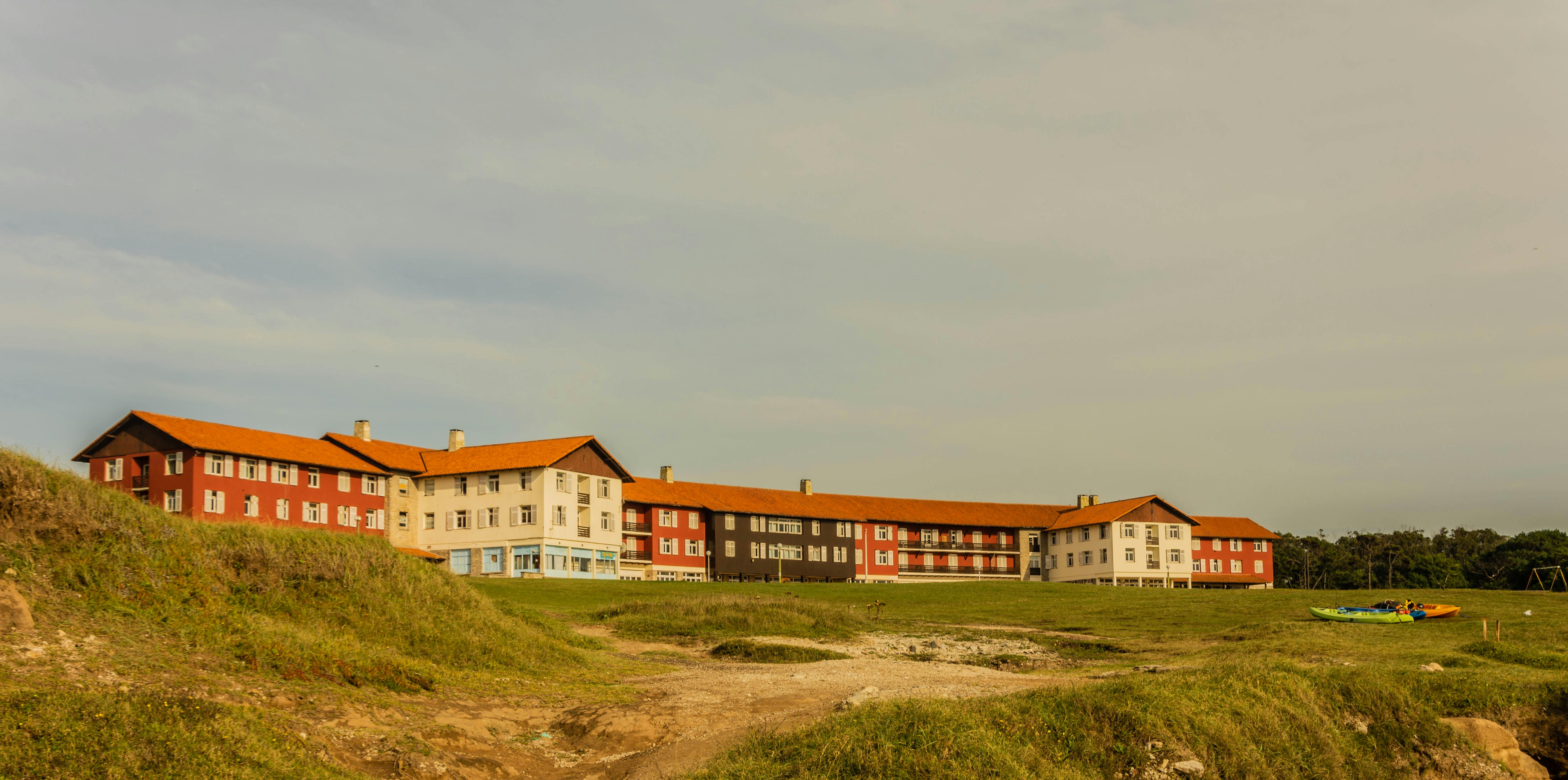Real estate development – Changing the financing model
The Australian real estate market is a potential ticking time bomb as residential investors increasingly focus on capital appreciation for returns, while commercial real estate transactions have actively sought yield-based investments for the past 12-18 years. months. The real estate market seems fueled by strong interest from offshore investors and local investors and developers who have cashed in all the way. The short to medium term outlook for interest rates appears to be positive, but in the longer term there is an expectation of higher rates: stricter interest rates from banks are coming into play and access to financing of the development is not as promising as it once was.
Restrictions on institutional lending will become a growing problem as major banks must reduce their exposure to major property markets. The market is also adjusting to tightening foreign buyers and global policy changes occurring around the movement of capital outflows, such as China. According to Knight Frank, Chinese-backed developers bought 38% of Australian residential development sites in 2016.
Developers/Builders: The Challenge
Developers appreciate that there are still significant opportunities in the market, but the challenge now lies in accessing capital and potentially seeking non-bank sources of capital. The key aspects will be to consider the design of the development, the construction services and the costs of the structure. Bringing development costs down to these numbers may demonstrate an opportunity to expand the funding budget and potentially seek out specialized funding sources.
The cost of financing could increase on the debt side, but if investors’ capital is expensive, the increase in available LVRs with private funders could lead to net decreases in the total cost of capital. The ability to access this financing with no pre-sale fees makes it a desirable option for smaller developers.
Buildings are typically designed and built with minimal code, eliminating the costs of all the bells and whistles to maximize profits for the builder and developer. Less consideration and emphasis is placed on the operation and ongoing liabilities of the new development.
the new model
What if we could put in all these added extras to create a better performing asset with lower operating costs, but not have to increase the capital budget; in fact, reduce our cost of capital by accessing Green Structured Finance (GSF), long-term financing? available, subsidized by the financing of specialized products. This new loan/debt will be covered by the operational savings realized by the improved technology and products.
As an example, a developer is building and owns a $50 million mixed-use site. We consider the design and energy consuming technologies for the site (ie lighting, solar, integrated metering/grid, thermal insulation, glazing performance, energy efficient appliances, hot water, HVAC).
SFG assesses the ongoing life cycle cost of these technologies. We then create a package that outlines which products have an attractive return on investment based on projected energy costs. For this example, $5 million is deducted from the project capital cost for the upgraded package. This will reduce developers’ Capex and Opex, improving cash flow and generating profits. This $5M or 10% reduction can be used on other projects or contribute to improving the project’s LVR and financial composition.




